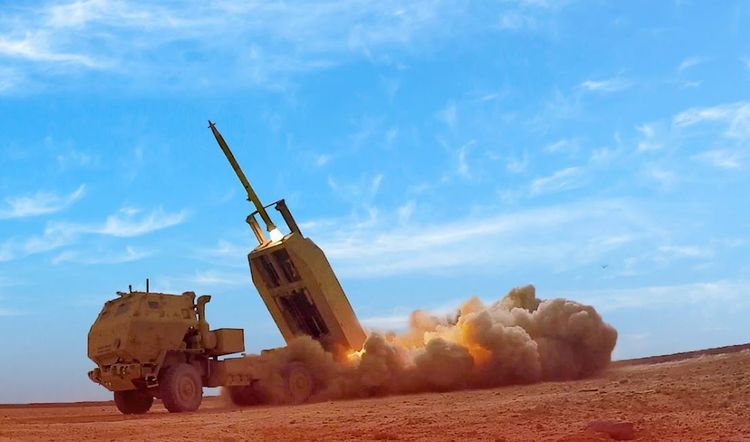
Observateur d'activités humaines de nature violente. Accessoirement Ingénieur.
How to get URL link on X (Twitter) App

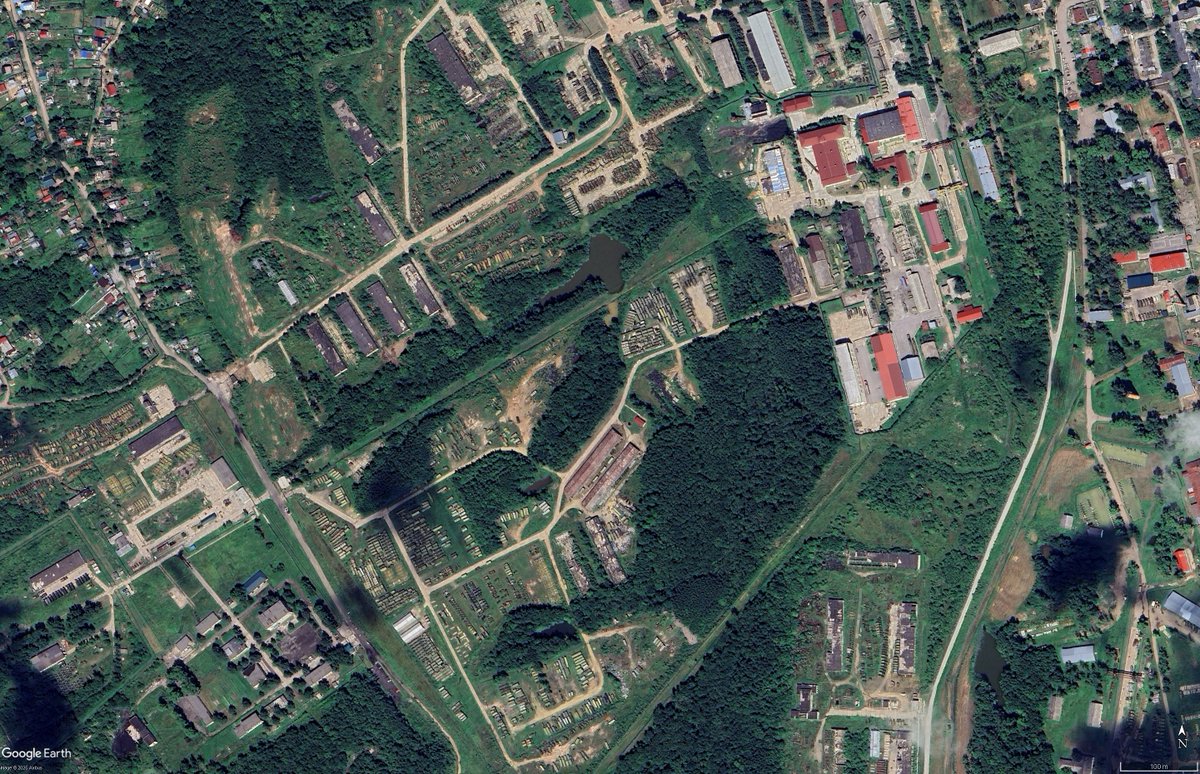
 In these pictures, 2 years apart, we can see the Following hardware have been withdrawn:
In these pictures, 2 years apart, we can see the Following hardware have been withdrawn: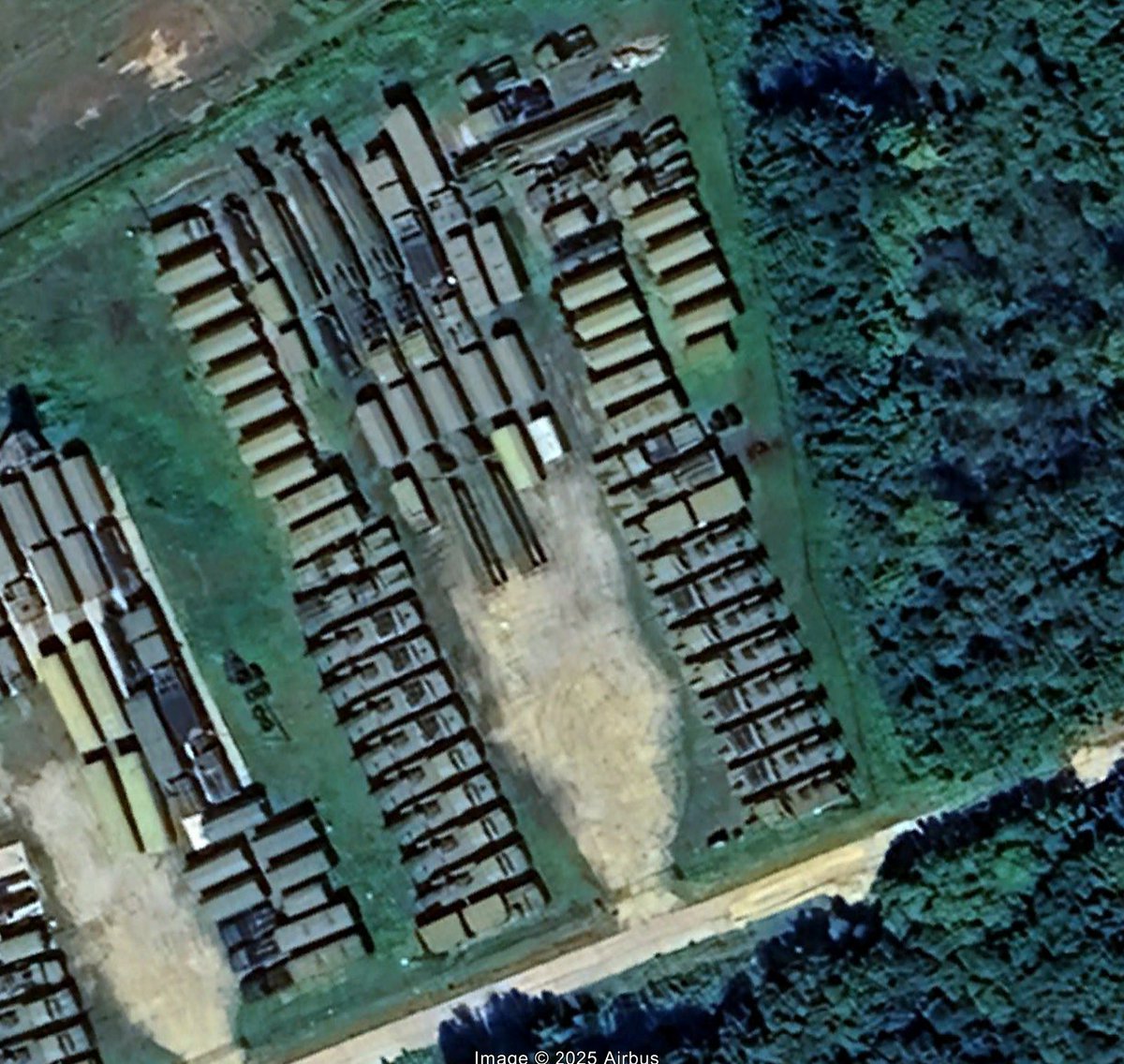

https://x.com/Osinttechnical/status/1963133027879354783?t=UhInKDmPCbD5GRCj7VICSw&s=19Second, strike missions in Crimea are also striking civilian radars, which were also participating in giving Russian AD an Air Picture, while being lower priority targets. 2/5
https://x.com/Maks_NAFO_FELLA/status/1962152953764098165?t=7tvQ0JOAGPpwraEzau1lJA&s=19

 From approximately second half of 2023, VKS started massively moving its MTA assets eastwards.
From approximately second half of 2023, VKS started massively moving its MTA assets eastwards.

 There are 948 Radars in both Radio Technical-Regiments, Test Centers, Training Centers and waiting delivery in Factories.
There are 948 Radars in both Radio Technical-Regiments, Test Centers, Training Centers and waiting delivery in Factories.
 Installations hosting inactive units are:
Installations hosting inactive units are: 
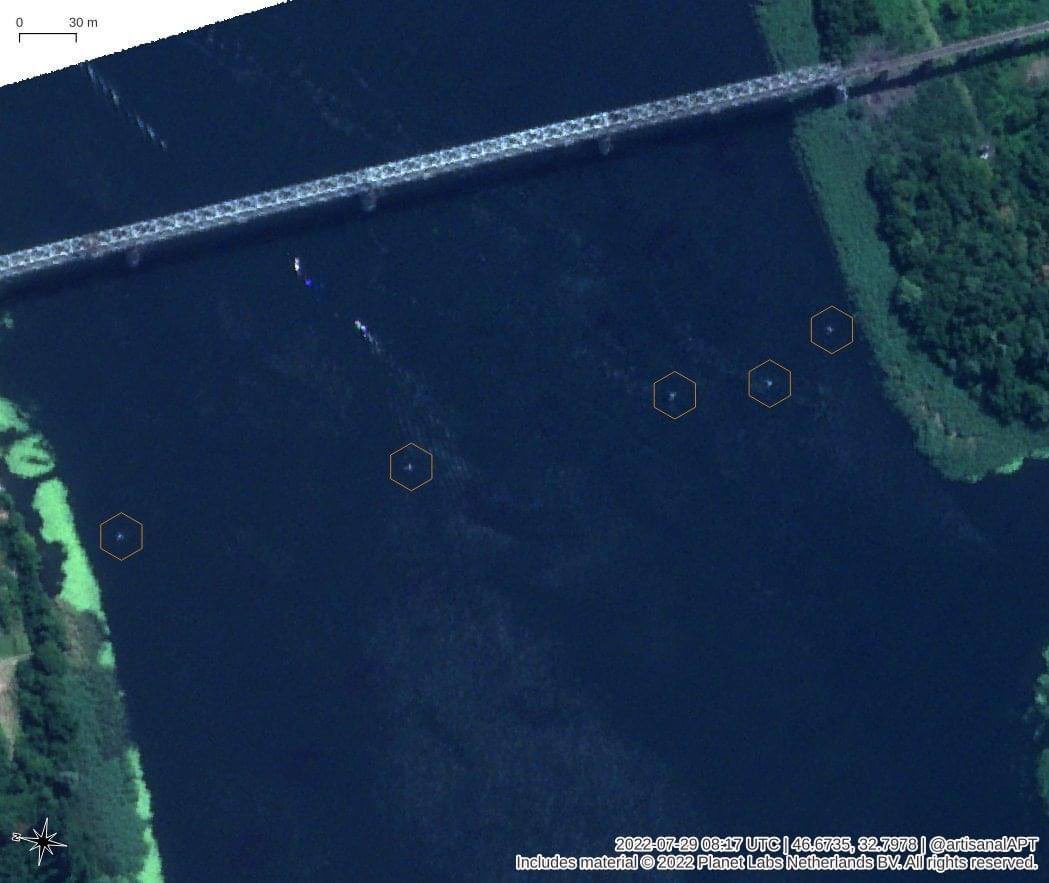

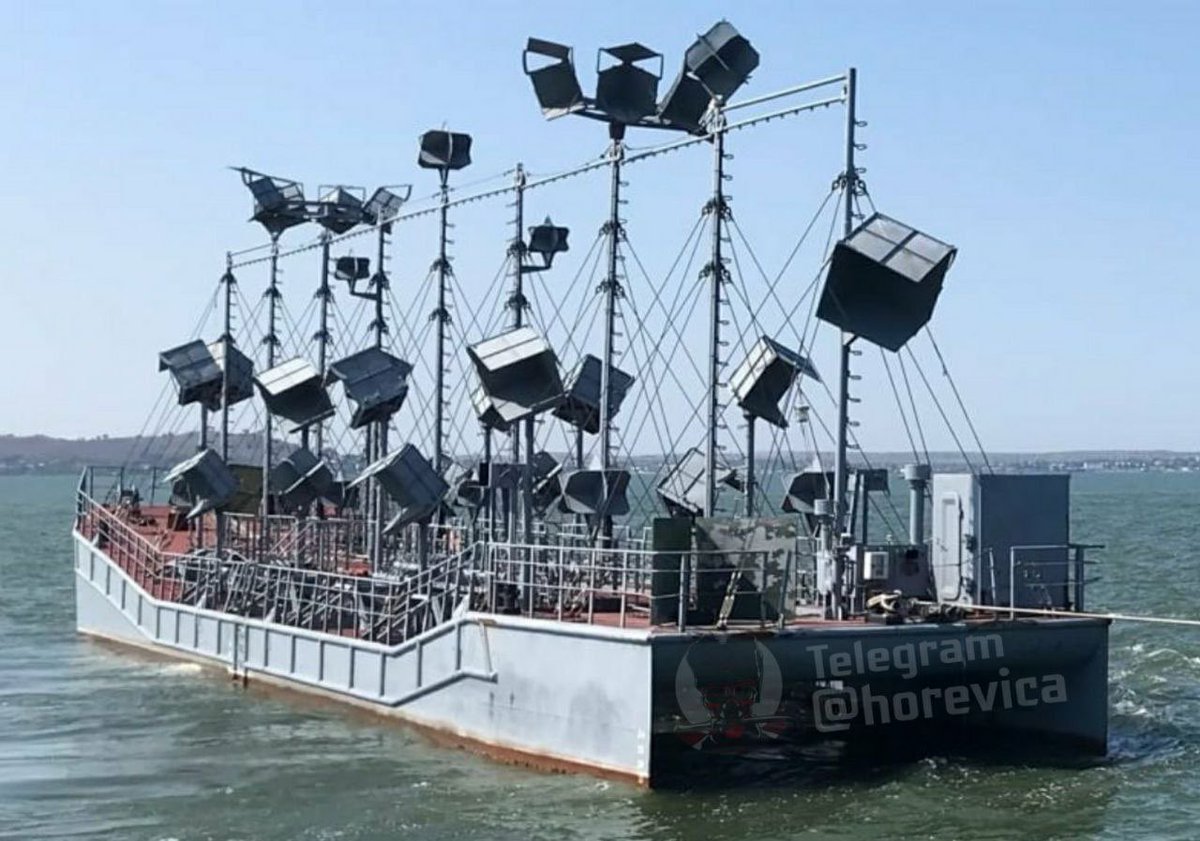
 Le hic majeur est que ce dispositif est adapté uniquement pour un certain type de missiles, les missiles fournis actuellement par les américains (GMLRS) sont principalement guidés par GPS.
Le hic majeur est que ce dispositif est adapté uniquement pour un certain type de missiles, les missiles fournis actuellement par les américains (GMLRS) sont principalement guidés par GPS. 